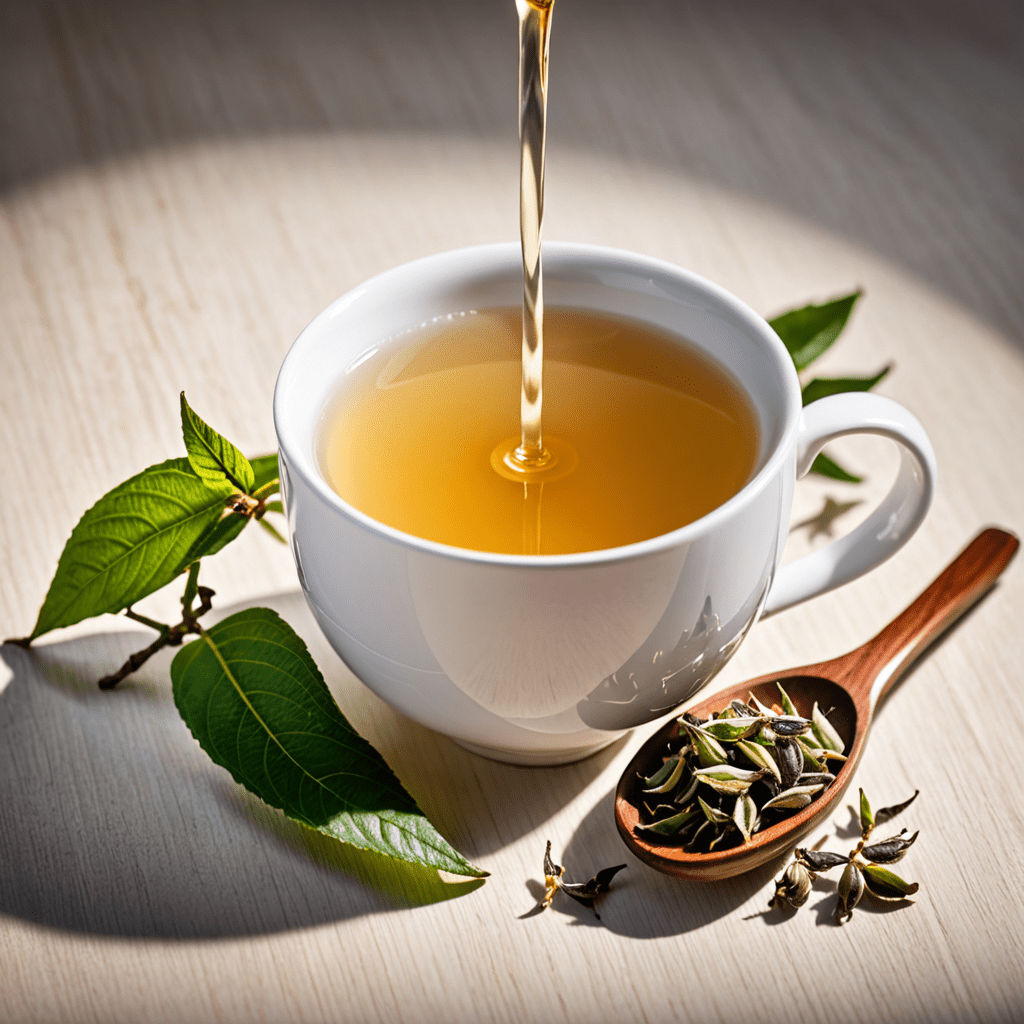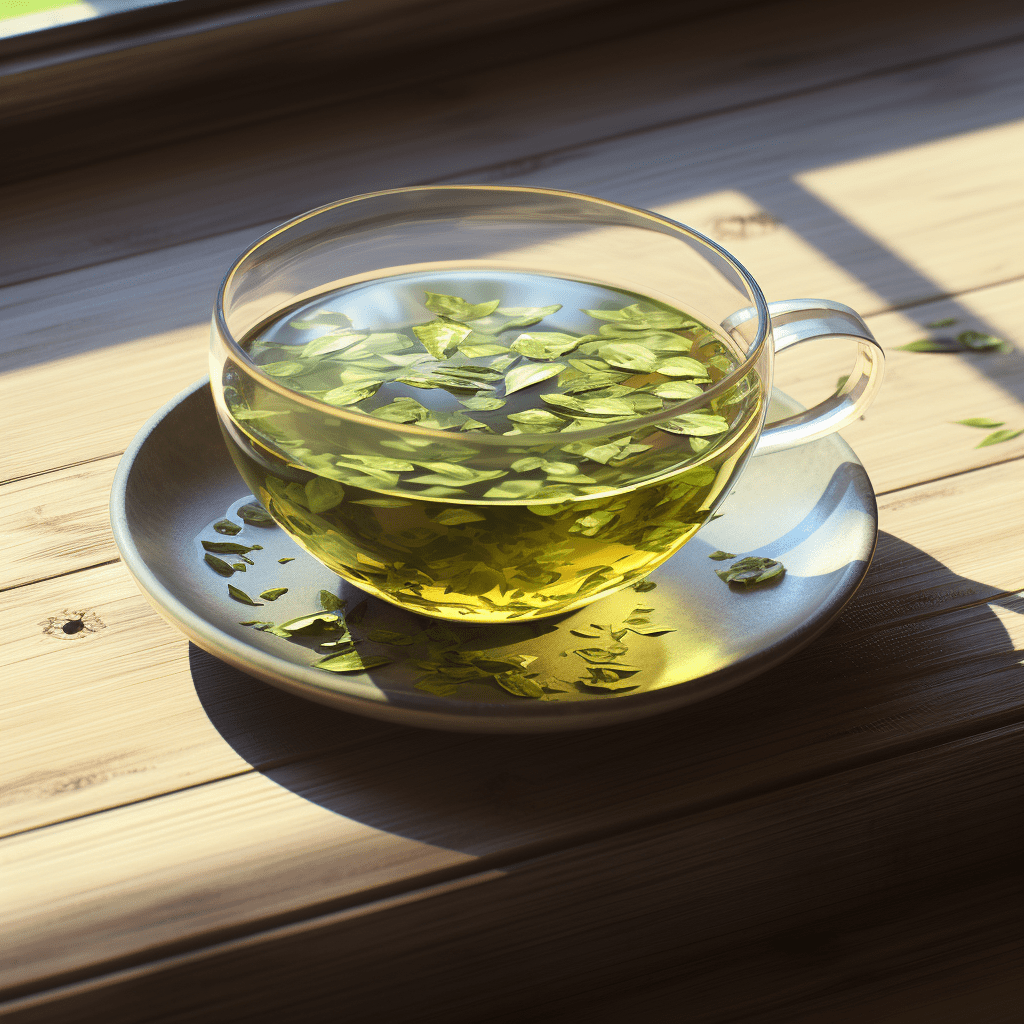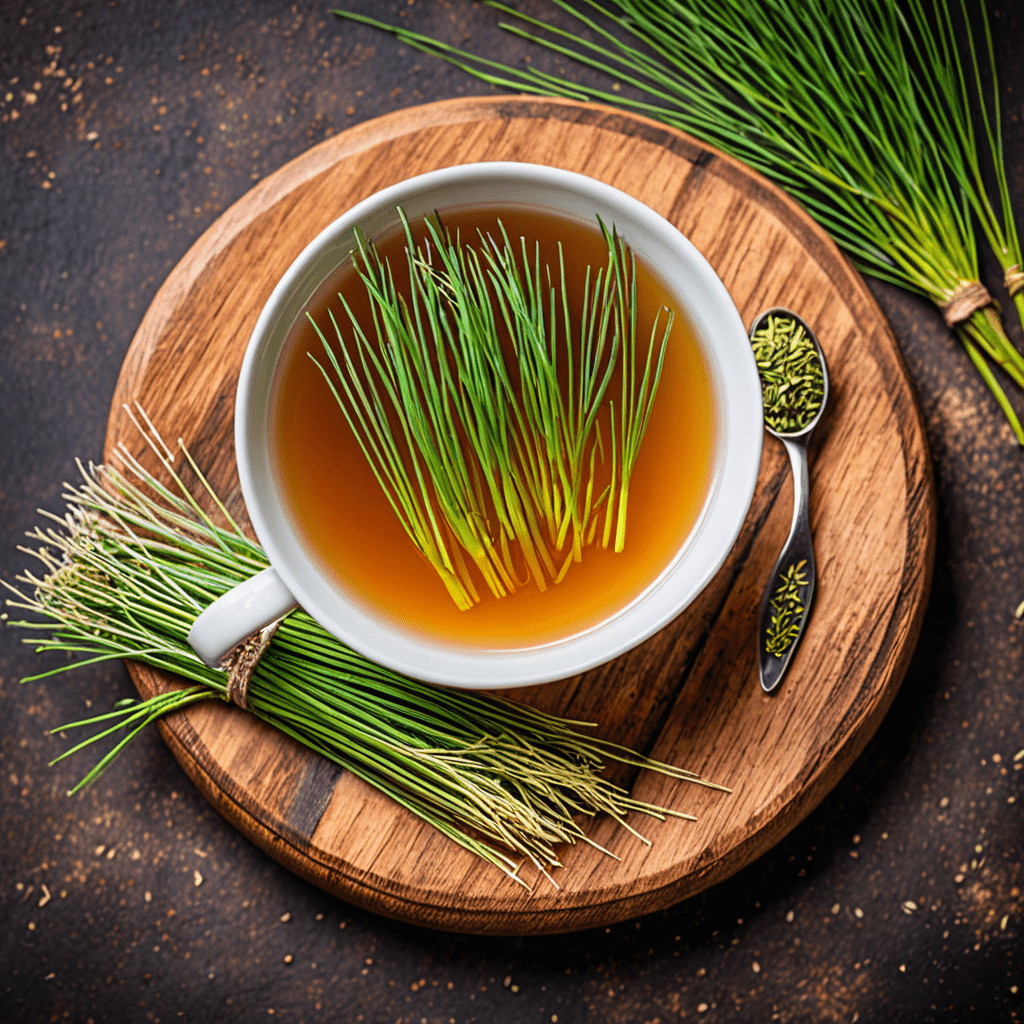Darjeeling Tea: From Farm to Teacup
I. Introduction
Darjeeling tea, renowned for its unique flavor and aroma, is a celebrated beverage originating from the foothills of the Himalayas in India. Its distinctive characteristics stem from the perfect harmony of climate, soil, and cultivation practices that define the Darjeeling terroir. This article embarks on a journey from the tea gardens to your teacup, exploring the intricate world of Darjeeling tea, its cultivation, processing, and the many factors that contribute to its exceptional quality.
II. Cultivation and Harvesting
Nestled amidst the misty slopes of Darjeeling, tea bushes thrive in the region's unique microclimate. The combination of high altitude, well-drained soil, and ample rainfall creates an ideal environment for the growth of exceptional tea leaves. Tea bushes here are meticulously hand-picked, ensuring that only the finest leaves are selected for processing. This delicate harvesting process preserves the integrity and flavor of the tea.
III. Processing and Production
After harvesting, the tea leaves undergo a series of carefully controlled processing steps. Withering reduces the moisture content of the leaves, concentrating their flavor. Rolling shapes the leaves, releasing their essential oils. Oxidation, a crucial step in the production of black tea, allows the leaves to develop their characteristic rich color and flavor. The processed leaves are then dried and sorted, ensuring the highest quality standards are maintained.
IV. Tea Gardens and Estates
Darjeeling tea gardens, often referred to as estates, are the heart of the tea-producing region. Each estate possesses its unique terroir, contributing to the distinct character of the tea produced. The meticulous care and expertise employed by the estate managers play a vital role in shaping the final cup of Darjeeling tea, ensuring its exceptional quality and consistency.
V. The Art of Blending
Blending is a skillful art that elevates the quality of Darjeeling tea. Master blenders combine teas from different gardens and harvests, creating harmonious blends that showcase the region's diverse flavors. This intricate process requires a deep understanding of the characteristics of each tea, ensuring that the final blend achieves a perfect balance of aroma, flavor, and complexity.
VI. Quality and Grading
Darjeeling tea is renowned for its exceptional quality, rigorously maintained through strict grading standards. The Darjeeling Tea Board classifies teas based on their appearance, aroma, flavor, and infusion characteristics. The highest grade, SFTGFOP1 (Special Fine Tippy Golden Flowery Orange Pekoe), denotes teas with large, whole, and well-fermented leaves with golden tips. Lower grades still possess excellent quality, each exhibiting unique characteristics that cater to different preferences.
VII. Terroir and Climate
The singular characteristics of Darjeeling tea are inextricably linked to its unique terroir. The combination of high altitude, cool temperatures, and abundant rainfall creates an ideal environment for the cultivation of tea bushes. The steep slopes and well-drained soil provide optimal drainage, preventing waterlogging and root rot. The region's distinct microclimate, coupled with specific cultivation practices, results in the development of the tea's distinctive flavor profile, aroma, and complexity.
VIII. Sustainability and Fair Trade
Darjeeling tea estates prioritize sustainable practices to preserve the region's delicate ecosystem and ensure the longevity of tea production. Organic farming techniques minimize environmental impact, promoting biodiversity and soil health. Fair Trade certifications guarantee fair wages and working conditions for tea workers, fostering equitable practices throughout the supply chain. By embracing sustainability and fair trade, Darjeeling tea estates demonstrate their commitment to environmental stewardship and social responsibility.
IX. Tea Tourism
Darjeeling's tea gardens offer an immersive tea tourism experience, inviting visitors to witness the journey of tea from cultivation to the teacup. Guided tours provide insights into the intricate processes involved in tea production, from harvesting to processing. Visitors can stroll through picturesque tea plantations, interact with tea pluckers, and savor freshly brewed Darjeeling tea amidst the breathtaking Himalayan scenery. Tea tourism plays a vital role in promoting the region's rich tea culture and heritage while supporting the local economy.
X. Health Benefits and Cultural Significance
Beyond its exquisite taste, Darjeeling tea is also recognized for its potential health benefits. Its high antioxidant content contributes to overall well-being, protecting against oxidative damage linked to chronic diseases. Additionally, Darjeeling tea is believed to have calming and stress-reducing properties. Culturally, Darjeeling tea holds immense significance, deeply intertwined with the region's history and traditions. It serves as a symbol of hospitality and is often enjoyed as an integral part of social gatherings and celebrations.
FAQ
What is the best way to brew Darjeeling tea?
Brew Darjeeling tea using freshly drawn water that has cooled slightly (around 90-95°C or 194-203°F). Use one teaspoon of loose leaves per 8 ounces of water. Steep for 3-5 minutes, depending on desired strength.
What is the difference between Darjeeling black tea and Darjeeling green tea?
Darjeeling black tea undergoes oxidation during processing, resulting in its characteristic dark color and bolder flavor. Darjeeling green tea, on the other hand, is minimally oxidized, preserving a lighter color and more delicate taste.
How can I ensure I'm purchasing genuine Darjeeling tea?
Look for teas that carry the Darjeeling Tea Board certification, guaranteeing authenticity and adherence to quality standards. Additionally, consider purchasing from reputable tea vendors who provide detailed information about their sourcing practices.



